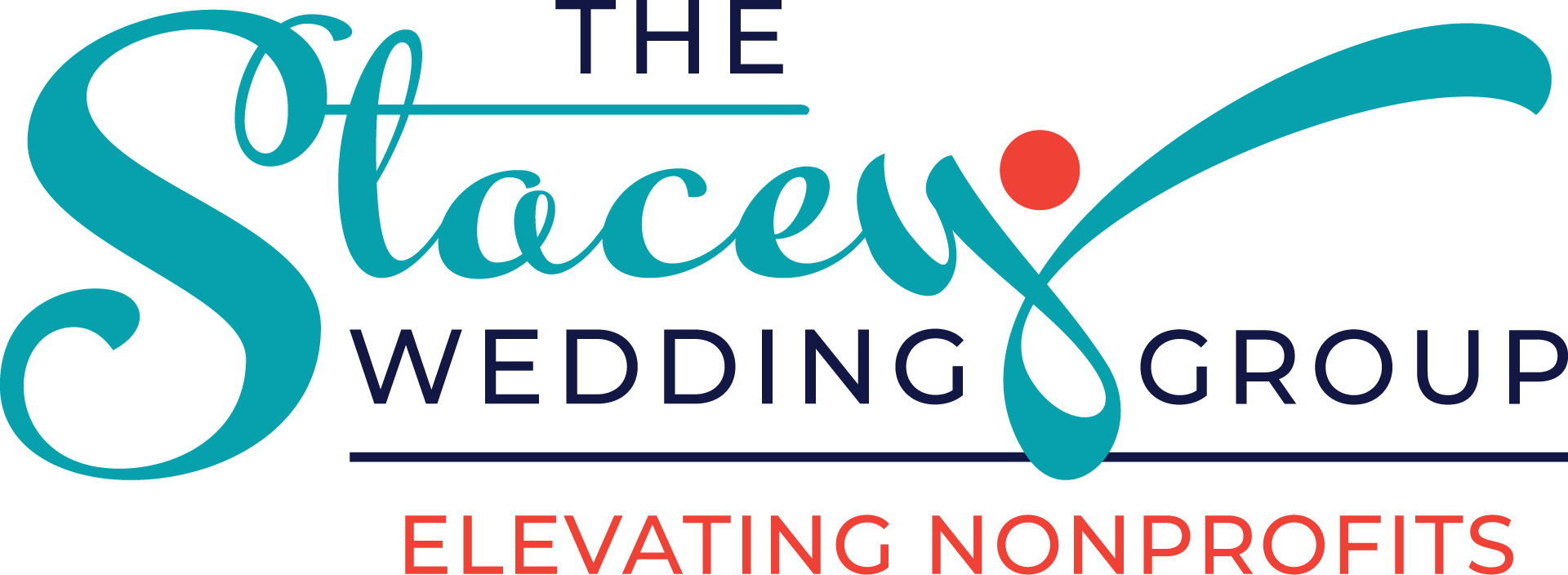Have you ever thought about how nonprofits are kind of like people? They go through different stages of life, just like we do. From birth to childhood, adolescence, maturity, and eventually renewal (or, unfortunately, stagnation). Sounds familiar, right?

When a nonprofit is just starting out, it’s like a little kid full of energy and big dreams. The founder and board members are like the parents, guiding and nurturing this young organization. They’re the ones with the vision, the passion, and the drive to make things happen. But here’s the catch: they’re also often wearing all of the hats and doing a bit of everything—getting their hands dirty with day-to-day operations while trying to also govern, although usually not consistently or in any formalized way. Governance is in its early stages so structures and policies often aren’t even in writing yet. This stage can be one of the most time-consuming stages of a nonprofit’s development because it requires board members to wear both the governance hat and operations hat. There are usually no paid staff (or very minimal staff) so everyone pitches in to get the work done.
Now, fast forward a bit. The nonprofit starts to mature, entering its adolescence phase. It’s growing rapidly, finding its identity, and craving independence. Board members are like the cool older siblings—still guiding, but also giving the organization space to figure things out on its own because now there is paid staff in place. But just like teenagers, nonprofits at this stage can be a bit all over the place. They’re trying new things, testing boundaries, and sometimes making mistakes along the way. The board starts to spend more time on its governance responsibilities—focusing on bigger picture oversight and strategy. On occasion, though (but not nearly as often as the childhood phase!), the board still needs to jump in to play a staff role and help with those day-to-day tasks because there are usually not enough staff to get it all done. The toughest part of this stage is letting go of being a kid—boards no longer get to play in the sandbox, and for many board members, they struggle to make this shift to more oversight and less doing.
So, what’s the takeaway here? Next time you’re on the hunt for new board members, think about where your organization is in its life cycle. Are you still in the kid phase, where everyone’s pitching in wherever they can? Or are you more like a teenager, needing a balance of structure and stability along with guidance and freedom to explore? By finding board members who understand and embrace this dynamic, you’ll set your organization up for success. After all, it’s all about finding the right fit, so your nonprofit can thrive at every stage of its journey.
Hat Tip to Your Success,
P.S. Do you want to get updates on our most recent blogs and other free resources we offer? Sign up here for our bi-monthly e-newsletter, The SWGazette.

